AC Power 101
What is power, anyway?
According to Britannica, electric power is characterized by current (the flow of electric charge) and voltage (the potential of electric charge) in order to deliver energy.
In fact, today we are going to learn about how most of our electrical power is delivered to our homes and businesses, otherwise called alternating current (AC) power.
AC power, generated by utility companies, is delivered to customers in different ways depending on their unique application.
That's why, if you have a client with a business, it is important to help them understand which type of electrical power their facility needs, and what those needs will be compatible with. That way, when the time comes, you can help them make an educated decision regarding their Uninterruptible Power Supply (UPS) system.
The two most common methods of delivering AC power are called single-phase and 3-phase.
What is Single-Phase Power?
Single-phase power is the most common form of AC power delivery. The term "Alternating Current", or AC, describes how the power alternates in cycles.
In this type of power supply system, the voltage will peak and dip continuously between a positive and negative amplitude, producing only one wave of power.
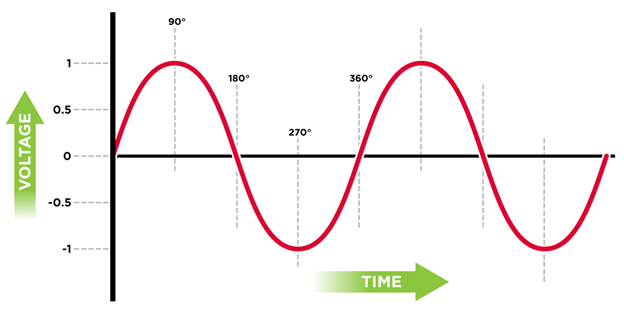
The graph shown above, as example, demonstrates how the power output of a single-phase power supply is not constant; the voltage rises and falls as it passes through zero twice per cycle. During these moments, there is temporarily no power.
Residential buildings and households are typically sufficient for single-phase power, as their power requirements tend to be much less than those of businesses.
Although satisfactory for most residential needs, a standard 15A, 120V branch circuit can only support electrical loads up to 1800 watts. A home, on the other hand, with a 100A, 240V electrical utility supply is limited to loads up to 24,000V.
What is 3-Phase Power?
Unlike single-phase power, 3-phase power produces three separate wave currents so that there is never an absence of power.
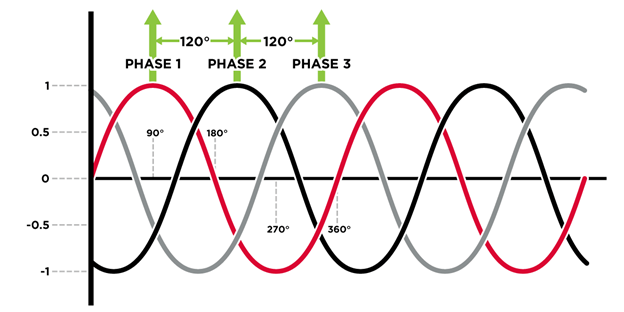
3-Phase power delivers power at a steady, constant rate and can reach higher voltage levels up to 480V in the USA. This steady stream of power and ability to handle higher loads makes a 3-phase supply ideal for industrial and commercial operations.
Learn more about different types of power >>
More Waves, Less Cost
As you might have suspected already, a 3-phase circuit provides greater power density than a single-phase circuit, giving it the efficiency to deliver the same amperage with smaller wires.
In fact, compared to single-phase power circuits, 3-phase circuits can provide almost twice the power with the same exact current. Using 3-phase power can also save end-users on electrical costs by reducing their current requirements and wire size. Utilizing more power in less space, for instance, lowers cabling and operating costs, delays capital expenditures and ensures scalability for future infrastructure growth.
With its cost savings and flexibility, it’s not too difficult to understand why 3-phase power supply is popular in high-density IT installations and data centers. Other industrial businesses that could benefit from the efficiency of 3-phase power could be warehouses, fabrication and manufacturing facilities.
Which Type of Power is Best for Your Business?
First, figure out what you have now. The easiest way to do that is to look at your Electricity Supply Meter. Single-phase power may be listed there as single, mono-phase or 1-phase, and 3-Phase power could also be noted a tri-phase or polyphase.
You can also check the width of the master switch on your power panel. Single-phase power features a Master Switch that is only two poles wide. 3-Phase power features a Master Switch that is three poles wide.
Single Phase Circuit Breaker
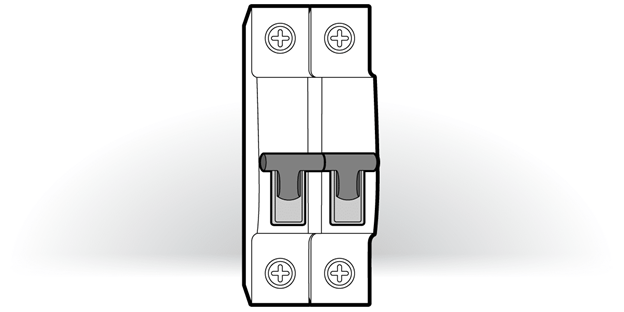
3-Phase Circuit Breaker
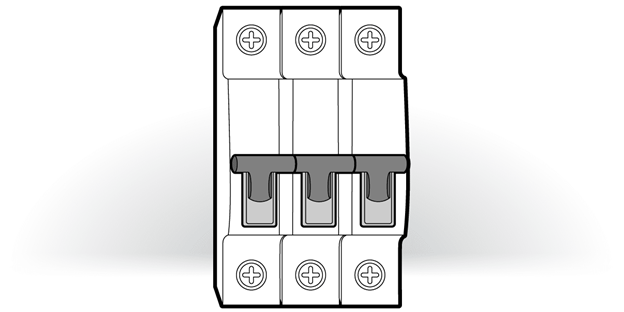

Some environments have both single-phase and 3-phase power, depending on the application.
No matter the use case, dedicated manufacturers like CyberPower offer power protection solutions for both single-phase battery backups and 3-phase UPS systems, along with professional installation and service solutions.
- Choosing the Right UPS
-
Contact your local Accu-Tech Representative to learn more about power solutions, or visit the CyberPower vendor page.

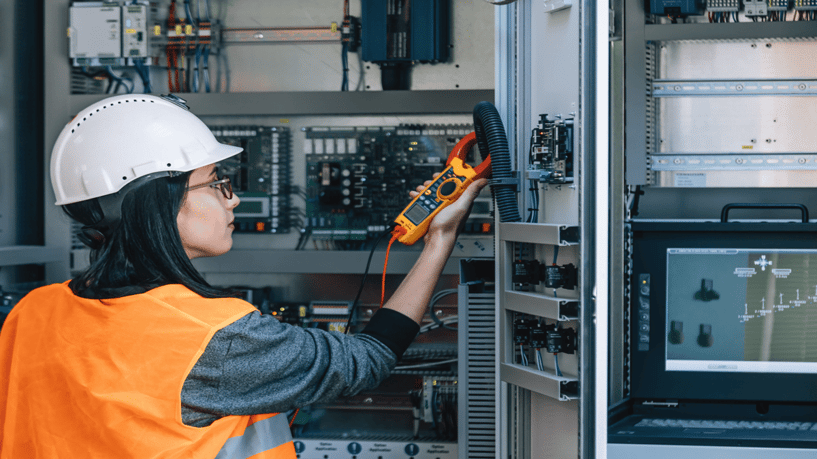


.png?width=58&height=58&name=X_logo_2023_(white).png)
